Music, painting, dancing, and literature are different forms of art. Many cultures have their own expressions and forms of art, which is what makes them so unique.
Music
Pop, jazz, rock and country are all different genres of music. However, cultural music is different from the music we listen to on a daily basis. Cultures involve their language in the form of a song as that can aid in both word, meaning, and pronunciation learning.
Jay MacArthur is a band teacher from Clague Middle School who works within many musical genres.
“We have students from many different cultures with many different points of view, not just about music but about everything in the world,” MacArthur said. “The most important thing we can do is make certain every student feels welcome and that their voice or instrument matters in class. We work hard to make certain students feel that they belong, whatever their background. The best music we can make is when everyone’s voice or instrument is heard equally and not dominated by one person or any one group.”
Cultural music also has the power to unite people and sometimes even in protests by using rhythm and melodies to convey feelings. Without music, events like parties and festivals wouldn’t be the same.
This is seen through the Clague orchestra programs too. Abigail Alwin is the orchestra teacher at Clague Middle School.
“There are many ways that different cultures influence the music curriculum at Clague,” Alwin said. “Each year, we work hard to find pieces that are at the right difficulty level for each grade orchestra that are representative of a variety of cultures, including songs and pieces that have been written recently that appeal to popular culture. For example, for Orchestra Night 2024, we are playing a piece titled ‘A Pirates Legend’, that the students helped to select which has elements that are similar to movie soundtracks. Our second selection for this year’s Orchestra Night is a piece called ‘Mercy, Mercy, Mercy’ written by Joseph Zawinul in 1966, at the height of the American Civil Rights Movement. In the 6th grade, we are learning pieces from around the world. It is important to us at Clague to represent and learn about different culture’s music traditions.”
Visual Art
Hokusai’s “The Great Wave of Kanagawa,” Leonardo da Vinci’s “Mona Lisa” and Vincent van Gough’s “Starry Night”—these are all distinct paintings created many years ago. Hokusai painted “The Great Wave of Kanagawa” in 1831, during the Edo period in Japanese History. It is a painting of a wave, three boats in the ocean and Mount Fuji in the back. This painting symbolizes respect and fear, because in life, when we conquer our fears and get what we want, we will have other fears in life that we need to overcome again.
Leonardo da Vinci painted the “Mona Lisa” between 1503 and 1519, when he was living in Florence. He painted his wife so they had a portrait of her to place inside their new home. And lastly, Vincent van Gough’s “Starry Night” was painted in 1889, while he was staying in France. He painted the countryside in oil pastels on a canvas of his view from the window in his room.
Clague art teacher Sara Griesinger brings in a variety of artists with different backgrounds into her classes.
“Ultimately, my goal is to share with students both ‘window’ and ‘mirror’ experiences. ‘Window’ experiences are those in which they see something through somebody else’s perspective, somebody with a different background than themselves,” Griesinger said.
“Mirror experiences allow students to see themselves as an artist in some way,” she said. “Social media has created a platform for artists from all over the world to expose others to their art, which I try to draw from because oftentimes these artists are more relatable for students. While I still introduce some classic artists from history, like Frida Kahlo, Yayoi Kusama, Shepard Fairey, or Georgia O’Keeffe, I get the most joy exposing students to lesser-known artists like Dylan Eakins, Caledonia Curry, Enrique Bernal, Royal Dog, Insane 51, and my personal favorite, Sydney G James.”
Even though they are all very different, each piece is a highly well-known piece of art. Artists express themselves through their paintings and get inspiration from exploring the world.
Dancing
Dancing is a part of many cultures. Hula from Hawaii, Tinikling from Philippines, and Irish step-dancing from Ireland are just a few examples. Hula is like telling stories in a different way, which is with your body. Hula has been around for many years, and is based on various legends. Each move has a meaning and is part of a story. Hula can show how the earth and volcanoes move, or the patterns in weather and stars.
Tinikling, which comes from an island called Leyte in the Philippines, was based on how tikling birds move. Rice farmers would try to catch the tikling birds because they would try to steal some rice grains in the fields.
Irish step-dancing was introduced during the 17th-18th century. The Irish dancing roots come from celts and druids who roamed Europe and the island. Irish step-dancing was brought to Ireland by dance professionals.
“I am from an Indian background. I grew up learning classical Indian dance forms such as Bharatanatyam,” seventh grader Jayani Tavane said. “Personally, I do a dance called Bharatanatyam, but Indian culture has many dances such as Kathak, Odissi, Bhangra, Kathakali, and many more. Bharatanatyam is an ancient classical dance. It originates from the Hindu Temple of Tamil Nadu. This dance worships our god Shiva.”
Some dances may feature animals, stories, or simply fun dance moves. These dances are typically paired with ethnic music and expand cultural and social interaction. Normally, there is dancing during festivals, parties, or ceremonies.
Literature
What comes to mind when you hear the word “literature?” Most think of just reading books. However, in many cultures, literature takes a different form. Numerous tales have been told and passed down from generation to generation when it comes to these cultural stories. Some tales are preserved and written in books so that future generations will not forget about those stories and continue to pass them down. Most stories have morals in them. Morals are lessons that you can learn from reading a story.
“‘Night Diary’ is a historical fiction novel that has recently been adopted by Ann Arbor Public Schools for our middle school readers,” sixth grade ELA teacher Julie Donnelly said. “At Clague, we teach this important story as part of the sixth grade adventure/survival genre study. Written as a diary, it follows the journey of Nisha, a young girl forced to flee her home in Mirpur, now part of Pakistan, to seek refuge in India during the partition in 1947. As Nisha grapples with the loss of her homeland and the challenges of adapting to a new life, the novel explores themes of displacement, belonging, and the search for one’s place in the world. Through Nisha’s eyes, readers witness the human cost of political upheaval and the resilience of the human spirit in the face of adversity. ‘Night Diary’ is a moving tale that reminds us of the importance of empathy, understanding, and the power of hope in times of darkness.”
Another example is , “Tortoise and the Hare.” The story is about an arrogant hare who keeps bragging about how fast he is. After hearing the hare’s confidence in how fast he is, the tortoise demands that they have a race. Once the race began, the hare was running very fast, while the tortoise was just strolling around. Far ahead, the hare was tired from all the running, so he decided to relax for a bit. Soon after, he fell asleep. However, the tortoise kept on walking slowly, until he crossed the finish line. When the hare was done taking his nap, he found that the tortoise was already at the finish line.
The moral of that story is that you can be successful by doing things slowly and taking your time, rather than finishing up quickly but carelessly.

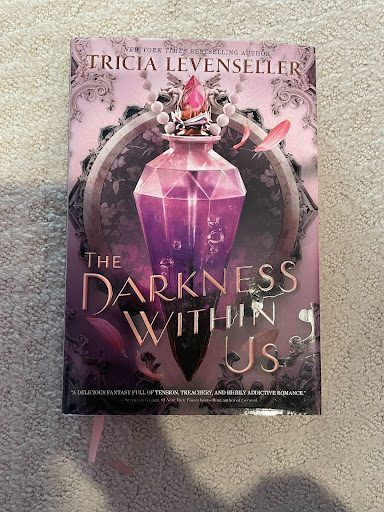
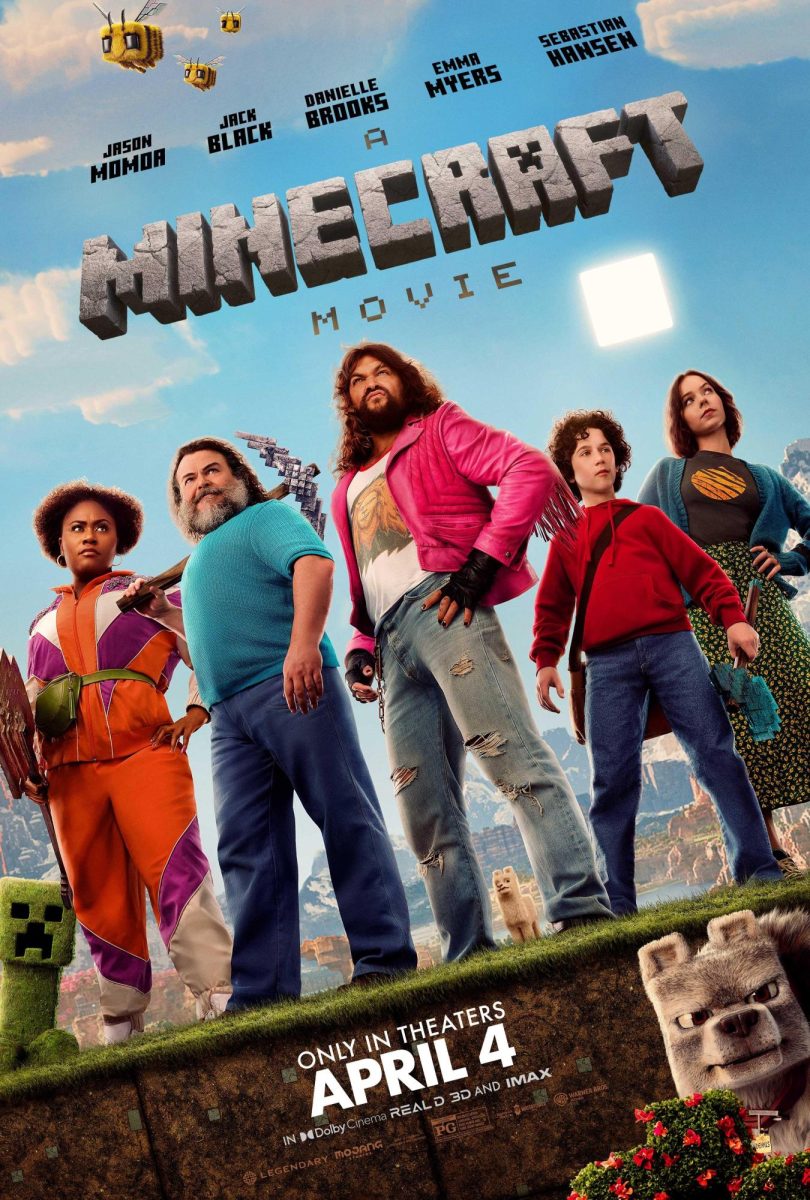




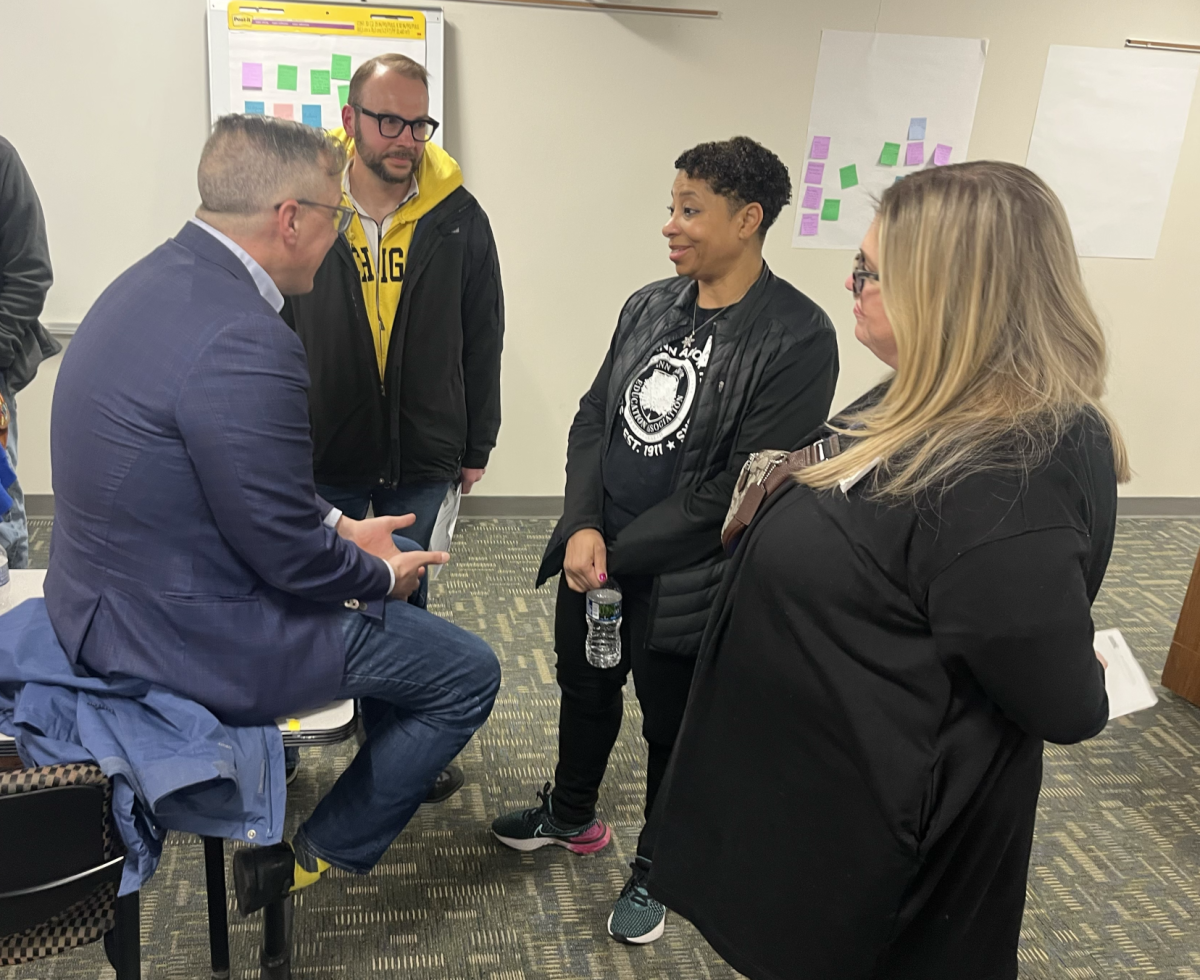
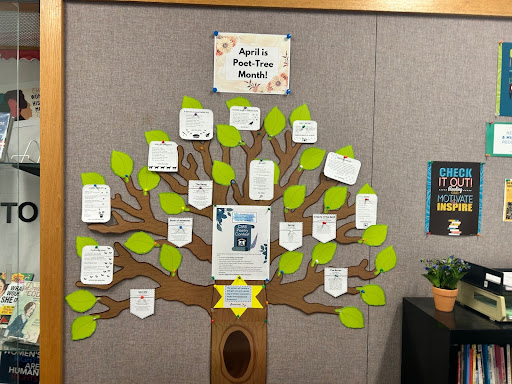
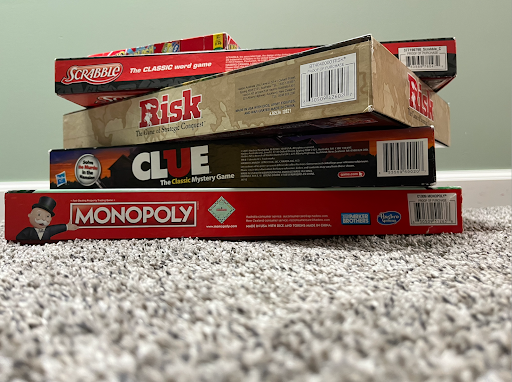

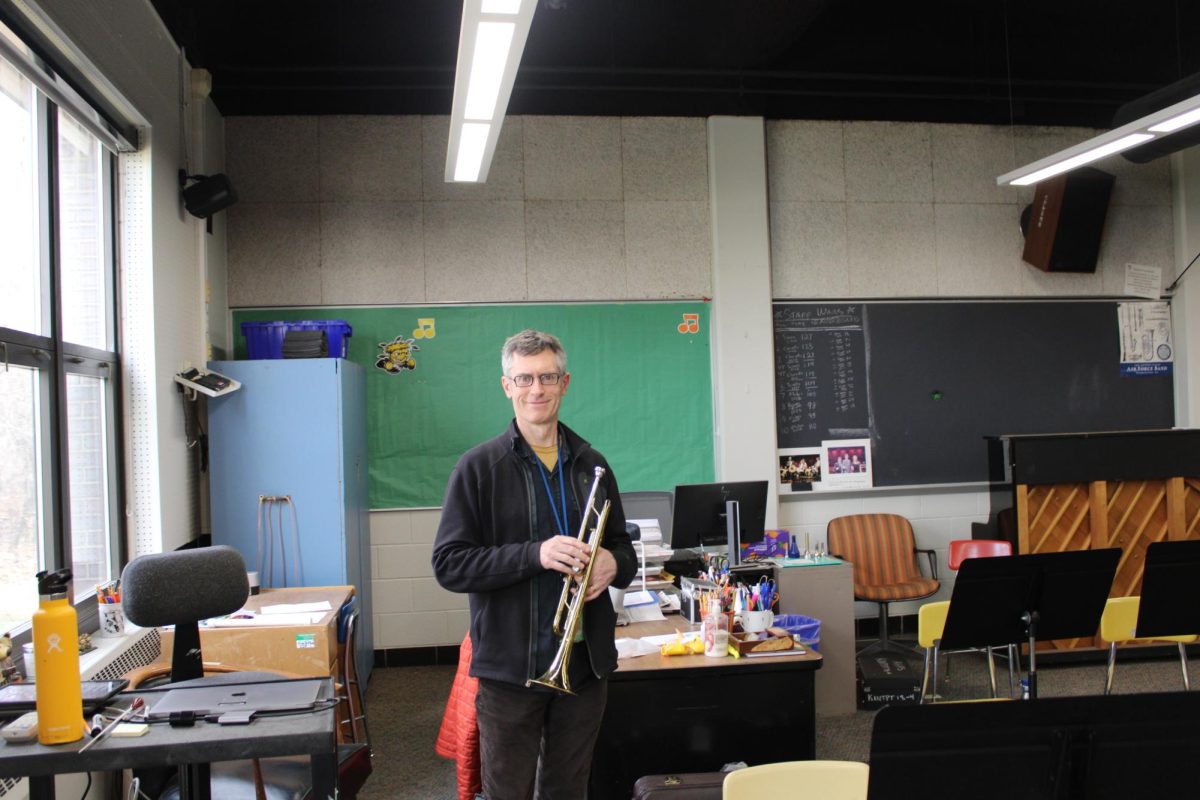


Ari • Dec 4, 2024 at 5:24 pm
Nice job!!! (love this for my school essay!)
Sreshta • Apr 6, 2024 at 9:59 pm
Great Article Sophia 🙂
Ben • Apr 6, 2024 at 5:48 am
Good Job for writing such a very nice article!
Chiara Christensen • Apr 5, 2024 at 8:49 am
YAY SOPHIA!!!!!
Jayani Tavane • Apr 5, 2024 at 8:36 am
❤❤❤✨SLAY QUEEN✨ ❤❤❤
Saanvi • Apr 5, 2024 at 8:36 am
✨❤ OMG SLAY QUEENNNN ✨❤